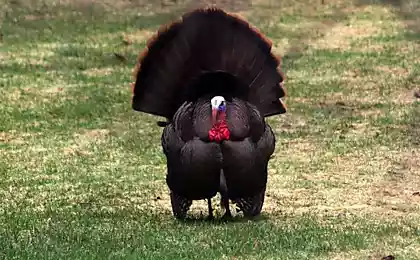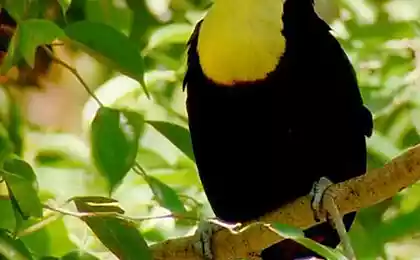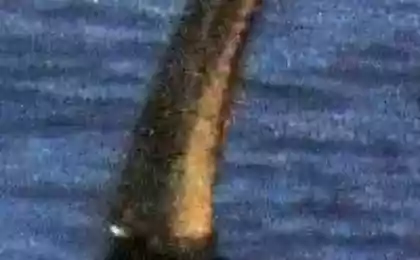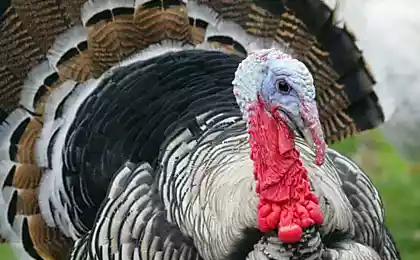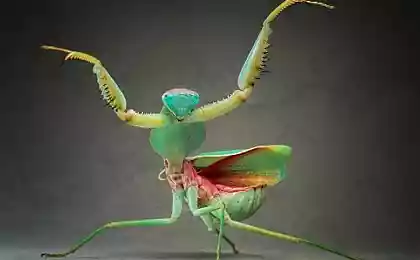545
The most idiotic questions ever asked science
Sometimes you just wonder when watching some "important" experiments hold the brightest minds in the world:
1. "What will be the reaction of Turkey males on the severed head of a female?"
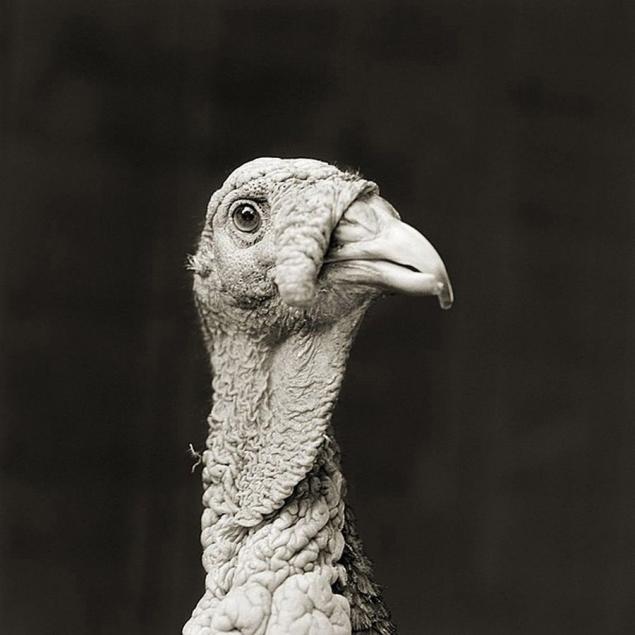
In 1965, Professor Martin Shein and Edgar Hale decided to find out, will it be enough to a Turkey to mate only one female head or need a complete set. For this experiment, the researchers made some stuffed turkeys and slipped them turkeys. The latter did not notice the difference and did the same thing with a live Turkey. Then the researchers cut off all the limbs of the models, but it played no role for the turkeys. And even after Martin and Edgar left one head turkeys, turkeys-males did not hesitate.
2. "Is it possible to force tortoise to yawn if you yawn in front of her face?"
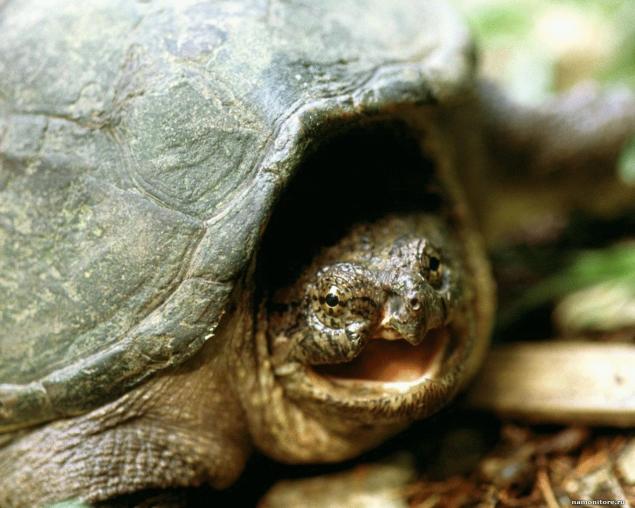
All known chain reaction of yawning. Is one person to yawn, as it will be followed by other, nearby people. Most interestingly, this applies not only to humans but also to animals. This phenomenon has forced scientists to think about the question: "is it the turtles?".
The first thing Dr. Anna Wilkinson from the University of Lincoln chose a turtle and began to teach her to yawn on command. For this Wilkinson during the six months we sat for hours in front of an animal holding a red card, and as soon as ward opened his mouth, gave her a piece of lettuce. In the end, the turtle yawned just at the sight of the red card. After many days of training, the turtle was placed to her relatives, but nothing happened. It turned out that the phenomenon of yawning does not apply to turtles, and likely other animals "lower order".
3. "As the voice of APE sounds under the influence of helium?"
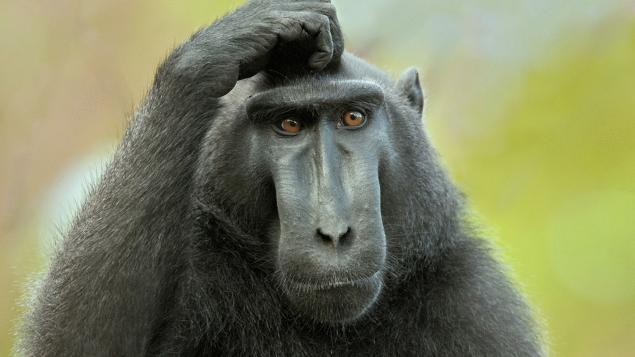
In order to answer this vital to the issue of humanity, an expert on primates at the University of Kyoto (Japan) Takeshi Nishimura put Gibbon in a chamber and filled it with helium. The result? Is inherent to this type cry of the Gibbon was out something like a moan of frightened ghosts.
But it is worth noting that this experiment was not completely senseless as it seems at first glance. Nishimura tried to understand the mechanism by which Gibbons make sounds, and as it turned out, this system works, they have almost the same as humans, but we specializiruetsya on speaking, and they – on singing.
Source: /users/448
1. "What will be the reaction of Turkey males on the severed head of a female?"

In 1965, Professor Martin Shein and Edgar Hale decided to find out, will it be enough to a Turkey to mate only one female head or need a complete set. For this experiment, the researchers made some stuffed turkeys and slipped them turkeys. The latter did not notice the difference and did the same thing with a live Turkey. Then the researchers cut off all the limbs of the models, but it played no role for the turkeys. And even after Martin and Edgar left one head turkeys, turkeys-males did not hesitate.
2. "Is it possible to force tortoise to yawn if you yawn in front of her face?"

All known chain reaction of yawning. Is one person to yawn, as it will be followed by other, nearby people. Most interestingly, this applies not only to humans but also to animals. This phenomenon has forced scientists to think about the question: "is it the turtles?".
The first thing Dr. Anna Wilkinson from the University of Lincoln chose a turtle and began to teach her to yawn on command. For this Wilkinson during the six months we sat for hours in front of an animal holding a red card, and as soon as ward opened his mouth, gave her a piece of lettuce. In the end, the turtle yawned just at the sight of the red card. After many days of training, the turtle was placed to her relatives, but nothing happened. It turned out that the phenomenon of yawning does not apply to turtles, and likely other animals "lower order".
3. "As the voice of APE sounds under the influence of helium?"

In order to answer this vital to the issue of humanity, an expert on primates at the University of Kyoto (Japan) Takeshi Nishimura put Gibbon in a chamber and filled it with helium. The result? Is inherent to this type cry of the Gibbon was out something like a moan of frightened ghosts.
But it is worth noting that this experiment was not completely senseless as it seems at first glance. Nishimura tried to understand the mechanism by which Gibbons make sounds, and as it turned out, this system works, they have almost the same as humans, but we specializiruetsya on speaking, and they – on singing.
Source: /users/448

